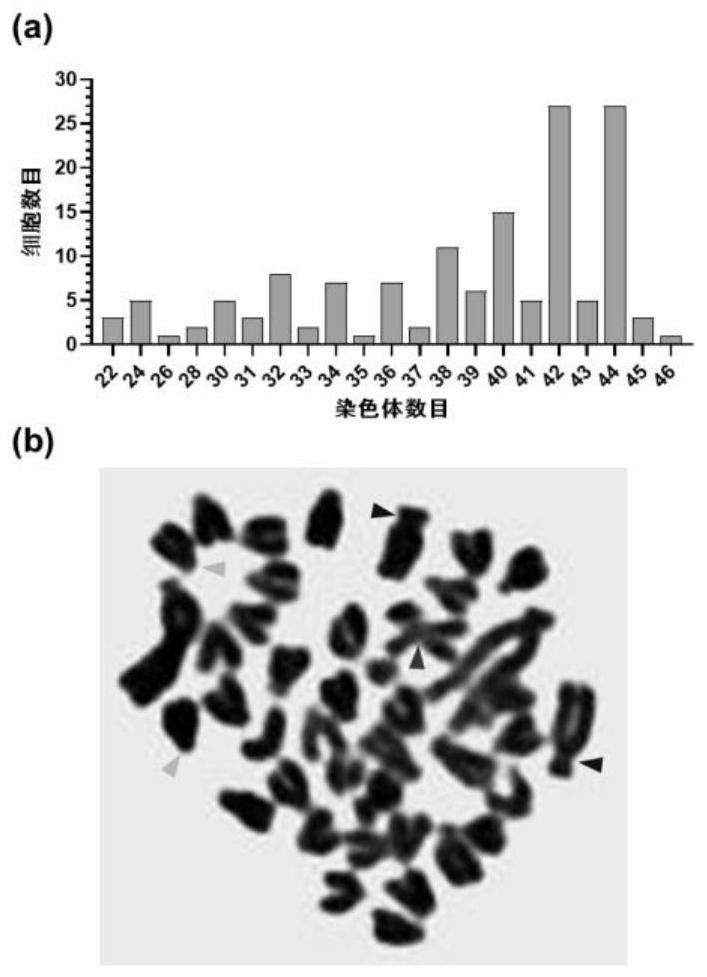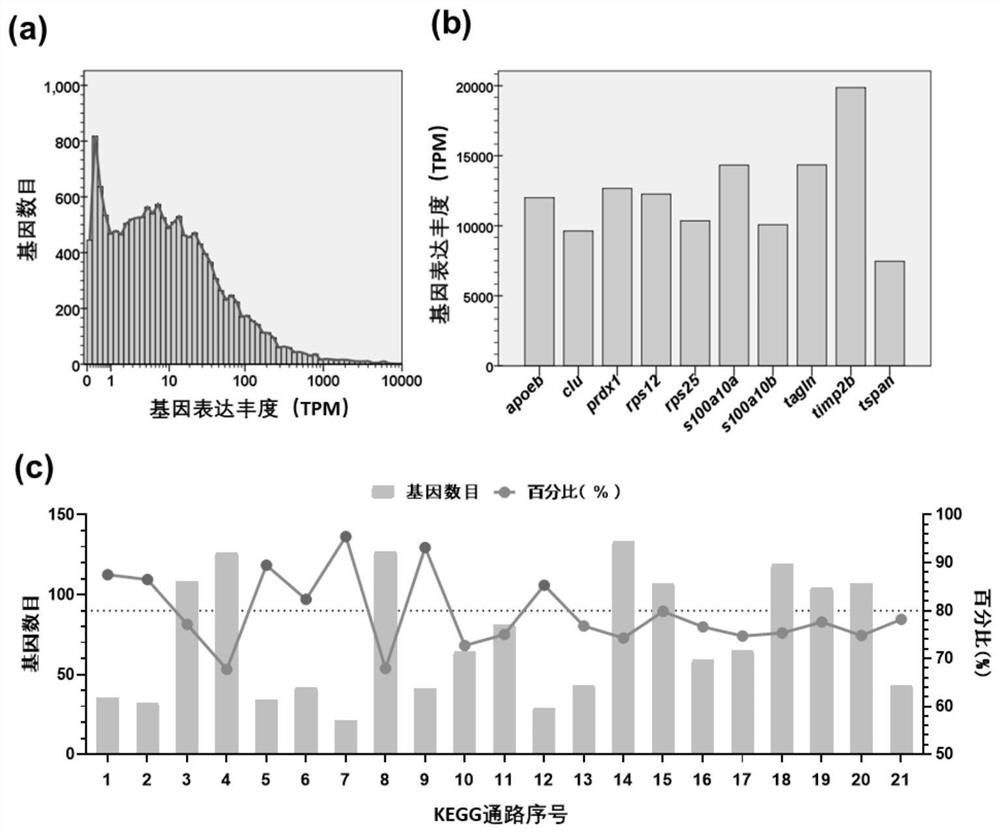A Gift Tilapia Brain Neural Cell Line, Transfection Method, Culture Method and Application
A technology of tilapia and brain nerve cells of GIFT, applied in the biological field, can solve the problems of long time and the inability to obtain commercial cell lines, and achieve the effect of easy transfection
- Summary
- Abstract
- Description
- Claims
- Application Information
AI Technical Summary
Problems solved by technology
Method used
Image
Examples
Embodiment
[0024] 1. Breeding of Experimental Fish
[0025] The fry of Gifu tilapia were purchased from the fish farm of the Freshwater Fisheries Research Center of the Chinese Academy of Fishery Sciences. After being transported back to the laboratory, they were cultured in the indoor circulating water system, the water temperature was controlled at 28±0.5°C, and the lights were illuminated for 12 hours (8:00-20:00) every day. According to the size, they were fed Artemia, frozen red worms and floating pellet feeds in turn.
[0026] 2. Primary Cell Culture
[0027] (1) A juvenile Gifu tilapia with a body length of 5.2 cm and a body weight of 5.72 g was anesthetized with 80 mg / L MS-222 (Sigma-Aldrich) and dissected.
[0028] The following operations are all carried out in a biological safety cabinet, using sterile consumables and reagents dedicated to cell culture.
[0029] (2) Take out the brain tissue and soak it in 70% alcohol for 5 sec.
[0030] (3) Rinse the tissue pieces in 5 mL...
PUM
 Login to View More
Login to View More Abstract
Description
Claims
Application Information
 Login to View More
Login to View More - R&D
- Intellectual Property
- Life Sciences
- Materials
- Tech Scout
- Unparalleled Data Quality
- Higher Quality Content
- 60% Fewer Hallucinations
Browse by: Latest US Patents, China's latest patents, Technical Efficacy Thesaurus, Application Domain, Technology Topic, Popular Technical Reports.
© 2025 PatSnap. All rights reserved.Legal|Privacy policy|Modern Slavery Act Transparency Statement|Sitemap|About US| Contact US: help@patsnap.com



